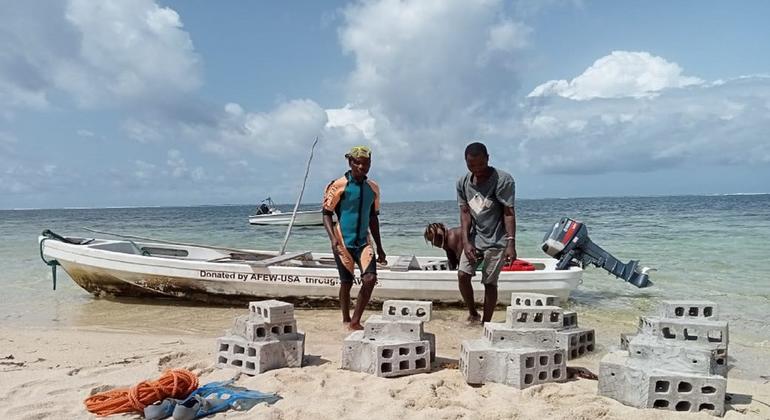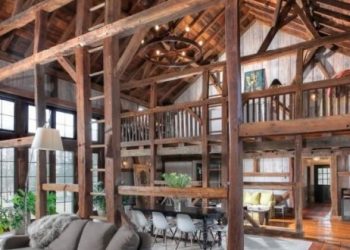Kenya’s Kuruwitu Beach is tranquil. Sparkling sand beaches complement the clear blue water, and the familiar scent of sand and sea salt fill the air.
A decade ago, villagers noticed the dwindling stocks of fish and took it upon themselves to set up a conservation area with the help of like-minded partners.
Dickson Gereza is a marine conservationist and the program lead of the coral project, and he explains that pollution is the biggest enemy of the ocean: “People are being irresponsible”, he says. “The ocean is a useful resource, but humans are trashing it. It is important to dispose of rubbish correctly to save the ocean”.
First local coral conservation project
The community realized that overfishing, climate change, and uncontrolled fish and coral collection by the aquarium trade needed to be addressed before the marine ecosystem was damaged beyond repair.
In 2005, residents of the area took the unprecedented step of setting aside a 30-hectare Marine Protected Area (MPA). This was the first coral-based Locally Managed Marine Area (LMMA) in Kenya. Twelve years on, the area has made a remarkable recovery.
Katana Hinzano is a conservationist at the Oceans Alive Organization, where he takes part in the making of alternative coral blocks and nurseries using cement and sand. He reiterates the correlation between the sea and human life: “The sea is valuable to those who live near it. Fishermen and fish business owners rely on sea resources. We all have a part to play to ensure that we benefit from the sea and leave it intact for future generations”.
With fishing prohibited within the LMMA, fish have grown in abundance, size, and diversity. The area has become a breeding ground, leading to an increase in fish outside the zone. As such, fishermen see greater catches due to a spillover effect. At the same time, biodiversity has increased dramatically, making Kuruwitu a destination for eco-tourism, creating jobs for guides, boat captains, and rangers.
“The sea is valuable to me because it is life,” says Goodluck Mbaga, an environmentalist and honorary Kenya Wildlife Service guide. It provides food, contributes to the economy, and provides income and recreation. There’s a need for all of us to learn how to conserve the ocean as we are yet to harness its full potential”.
Metal bed and plastic mesh
To help the corals regenerate, the experts from Oceans Alive, and Kuruwitu Conservation and Welfare Association, work hand in hand. It starts with a bed made of metal with plastic mesh attached to it. Plugs made of cement and sand are dried and fastened to the bed to create a nursery of sorts. After curing them in the sea for weeks, the bed is ready for transplanting and is dropped on the seabed. Marine life then gets a chance to attach itself to the structure.
Co-management of marine resources is expected to be the way forward in ecosystem-based management of the seascapes in the region. The United Nations Environmental Program, UNEP, in conjunction with UN Habitat, launched the Go Blue Project to help cities and towns near oceans thrive. Florian Lux of the Go Blue Project explains how this tie in works: “Cities and towns exist next to oceans and seas, and this brings about sea and landscapes. For them to be resilient in the face of climate change, they need to regenerate”.





